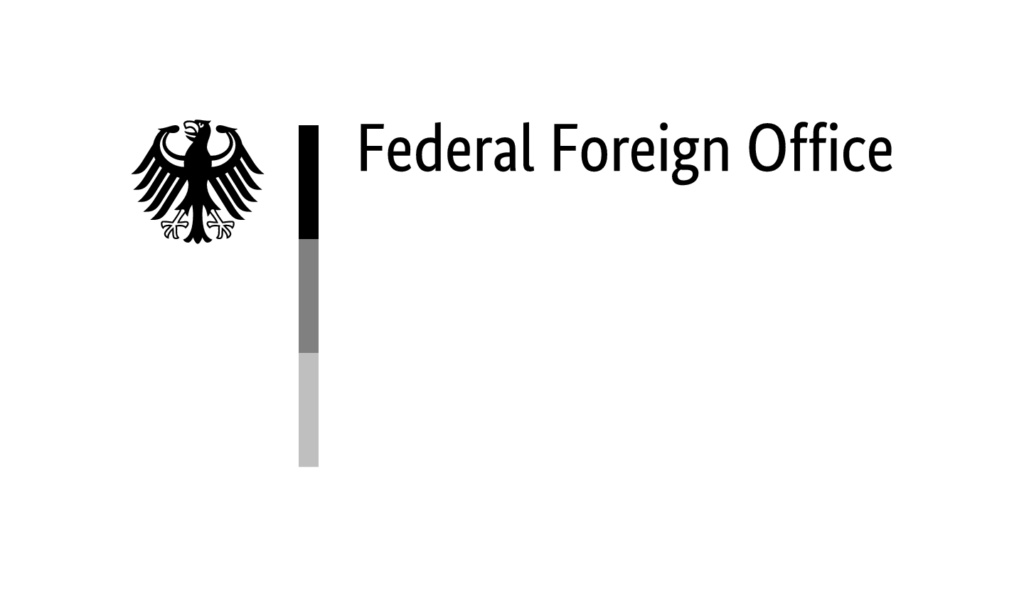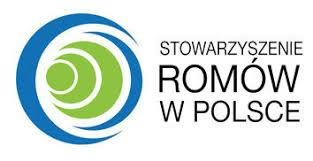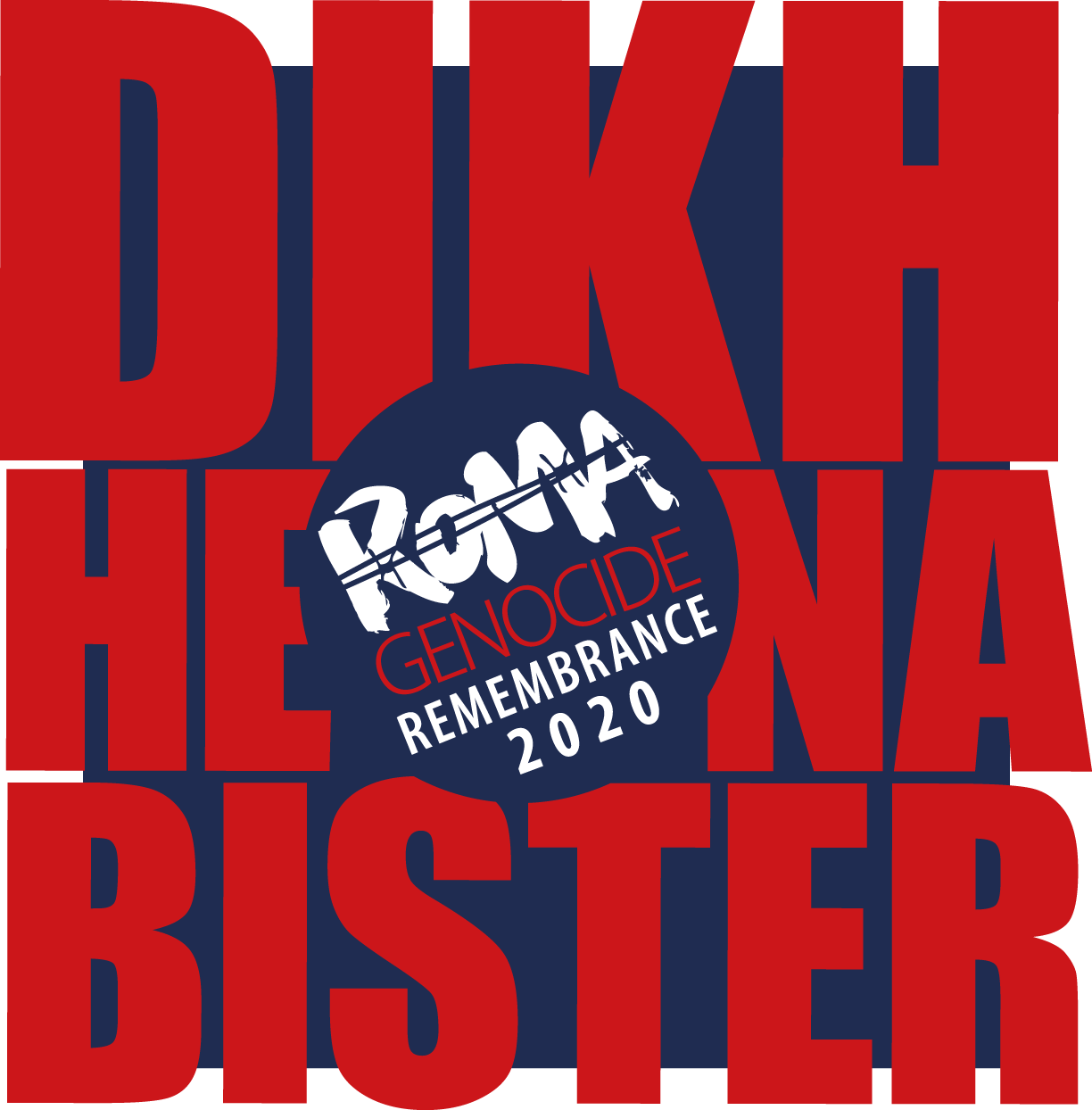photo: Jaroslaw Praszkiewicz
Dr. Mengele and experiments on prisoners
Extract from "The Destruction of European Roma in KL Auschwitz: A guidebook for visitors"
Dr. Josef Mengele was an assistant of Professor Otmar Freiherr von Verscheuer from the Institute for Genetic Biology and Racial Hygiene at Frankfurt University, one of the biggest authorities in the field of racial anthropology. He was fighting in the ranks of the SS and in 1942 was wounded in battle on the Don. Because of that he was pronounced unfit for front line service. On the recommendation of von Verscheuer, he obtained the position of camp physician (SS-Lagerarzt) in KL Auschwitz. Mengele had his laboratory in the Zigeunerfamilienlager, in barrack 32. He also conducted his experiments in the neighboring barrack of baths (called the Sauna), where he was also killing his victims. Mengele was very much interested in noma (also known as water cancer), a disease which is rare under normal circumstances. Mengele ordered the killing of several children suffering from noma and passed them on to the SS Institute of Hygiene for histopathological examinations. Particularly infamous were Mengele’s experiments on twins which included blood transfusion between twins, testing medicine on intentionally infected children, surgical connection of twins’ circulatory systems, castration, and amputation of genitals. Apart from twins, Mengele was also interested in people with disabilities and those having irises of different color which he intended to change by instilling their eyes with different substances. According to the testimonies of prisoners, on the day of liquidation of the Zigeunerlager, August 2nd, 1944, twelve pairs of Roma twins were still alive. Mengele allegedly shot them and subsequently dissected their bodies.
From the period of my work in block 22, I remember the following event. It was in spring 1944. Dr. Mengele stopped at the block...A group of Roma children from Kindergarten was passing the camp street in pairs...When they saw Dr. Mengele, some of them ran up to him crying “Onkel, Onkel” [uncle, uncle]. Dr. Mengele talked to them, giving out candies. Having been surprised by this, I asked my colleague Dr. Weisskopf about the reasons of such intimacy between Gypsy children and an SS doctor. He told me that these children are twins in whom Dr. Mengele is interested on scientific grounds. From that moment on, I started to pay attention to these children...I was meeting them when walking the “camp street” or in the Kindergarten... It struck me that from time to time some pairs of twins or children with multicolored irises were not seen any longer... So I asked a prisoner functionary in the Kindergarten...where they are going. She replied that she did not know but from time to time Dr. Mengele was taking few twins in the car giving orders to remove them from the evidence of Kindergarten.
Account by Danuta Szamańska, a Polish prisoner of KL Auschwitz, performing the function of a doctor’s secretary in the hospital of the Zigeunerfamilienlager. APMA-B. Statements, vol. 87, 97-99.
I personally worked first in the children’s ward, and later Mengele transferred me to block 22, where most of the patients were suffering from water cancer (noma). Because of the scholarly work he was doing, Dr. Mengele took a personal interest in these patients. Another focus of his interest was twin children, as well as children with various hereditary abnormalities...Dr. Mengele’s laboratory was located in the Sauna building. I noticed that in relation to the children in whom he was currently interested, he was gentle and even treated them to candy. They trusted him and called him “Uncle.” In the final stage of the research, these children were usually put to death.
Account by Ludwika Wierzbicka, a Polish prisoner of KL Auschwitz, a nurse in the hospital of the Zigeunerfamilienlager. APMA-B. Statements, vol.87, 82-96.
I was also with Mengele when he picked out twins for his experiments. I had to bring the twins to him. He assigned them special numbers. He always sent me out of the room when he experimented; I wasn’t allowed to stay. But once I was accidentally in the room and saw how he put some sort of fluid in the eyes of the children and saw how their eyes got larger and larger. Several days later I saw the same children in the corpse hall.
Account by Helmut Clemens, a prisoner in the Zigeunerfamilien- lager, performing the function of Dr. Mengele’s messenger. In: Memorial Book. The Gypsies at Auschwitz-Birkenau. Ed. by Jan Parcer. München-London-New York-Paris 1993, vol. 2, 1494.
Sìnte aj Rroma and-o Auschwitz

The last stage of the functioning of the ‘Zigeunerlager’ in the Birkenau Camp
Recent research by historians of the Auschwitz Museum

The Destruction of European Roma in KL Auschwitz
A guidebook for visitors
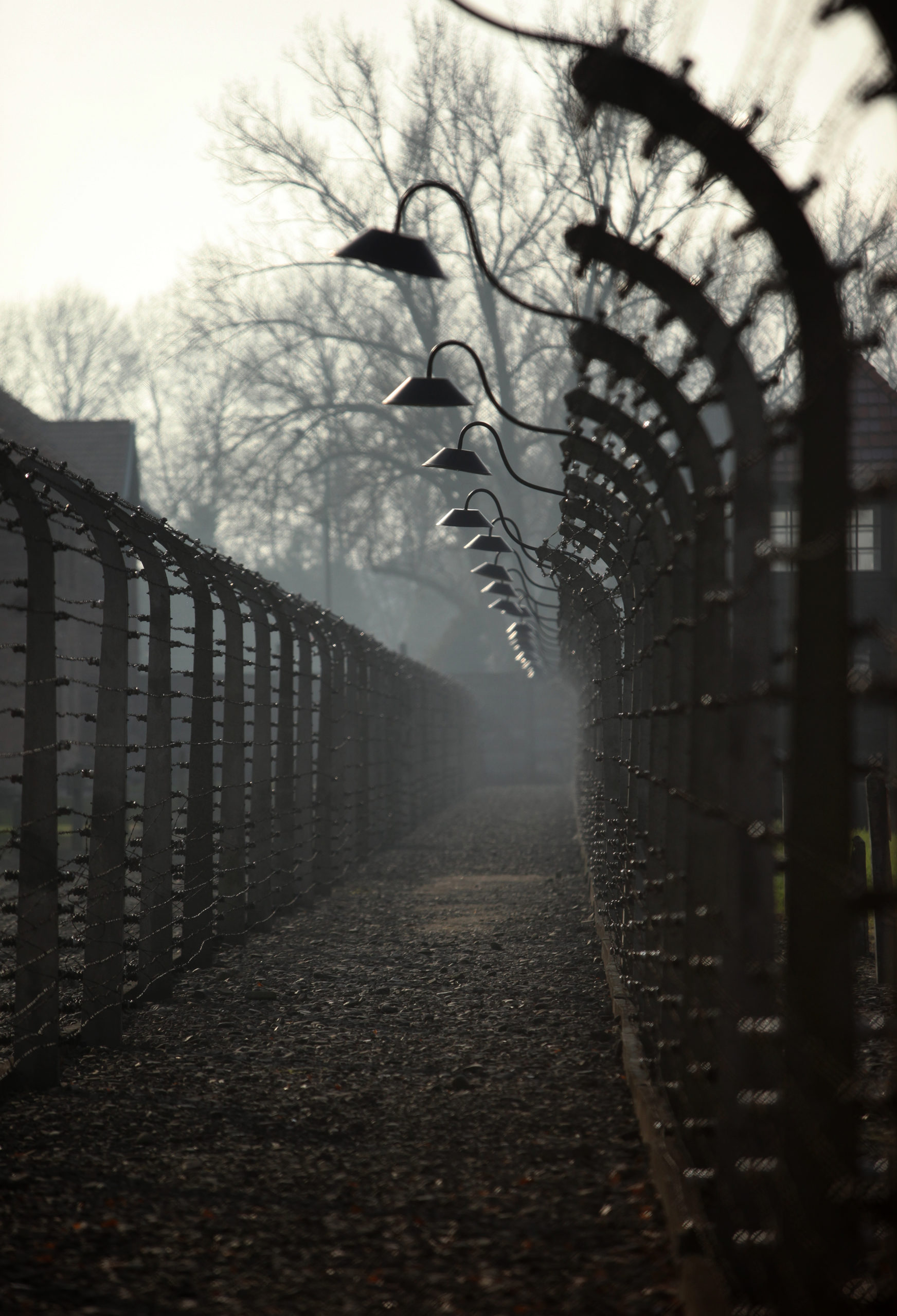
The genesis and course of the Nazi persecution of Roma and Sinti
Extract from “The Destruction of European Roma in KL Auschwitz: A guidebook for visitors”

Block 11
Extract from “The Destruction of European Roma in KL Auschwitz: A guidebook for visitors”

Escapes
Extract from “The Destruction of European Roma in KL Auschwitz: A guidebook for visitors”

“Zigeunerfamilienlager” (“Gypsy family camp”)
Extract from “The Destruction of European Roma in KL Auschwitz: A guidebook for visitors”
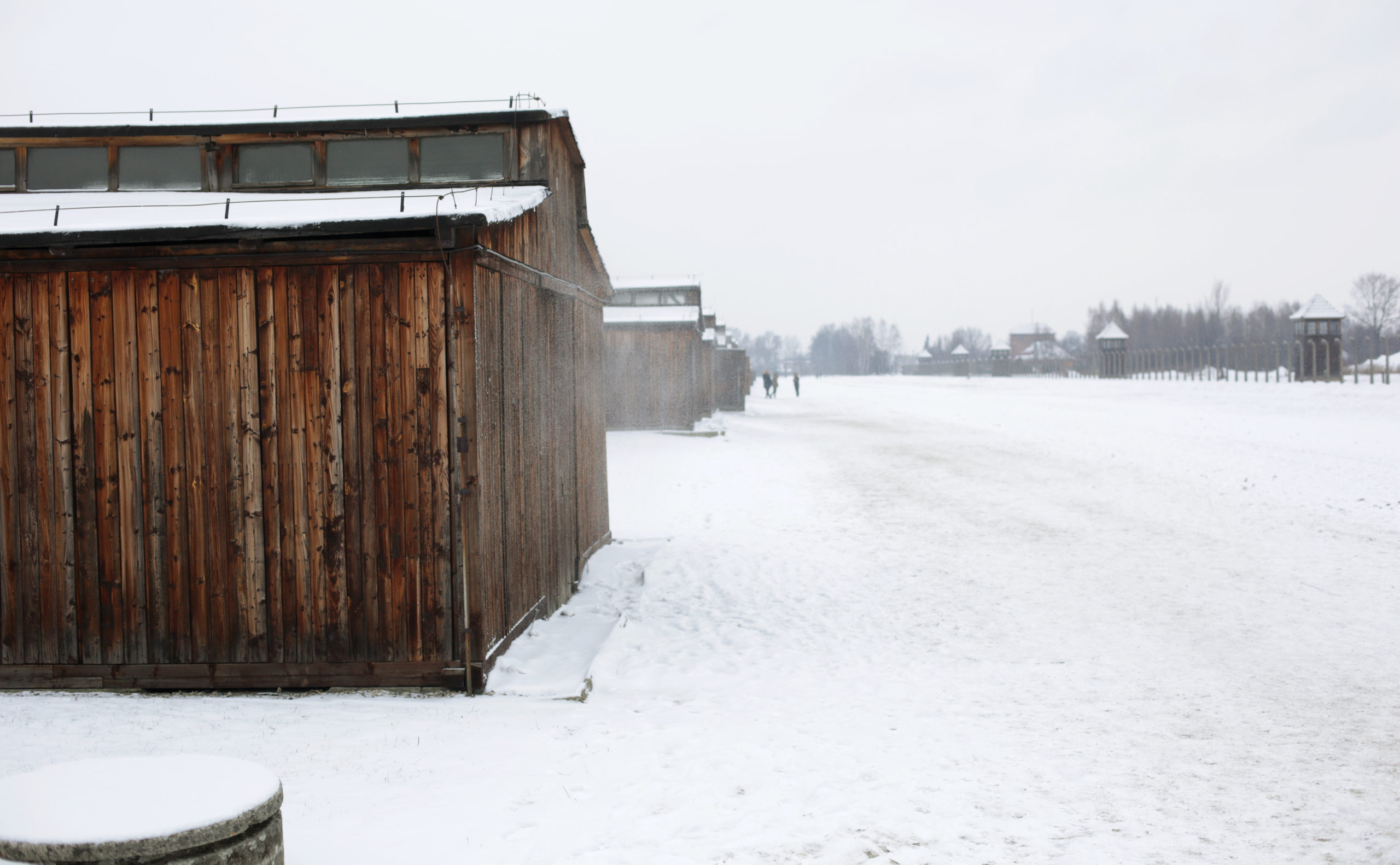
Arrival in the “Zigeunerfamilienlager”
Extract from “The Destruction of European Roma in KL Auschwitz: A guidebook for visitors”

The life of Prisoners
Extract from “The Destruction of European Roma in KL Auschwitz: A guidebook for visitors”

Children
Extract from “The Destruction of European Roma in KL Auschwitz: A guidebook for visitors”
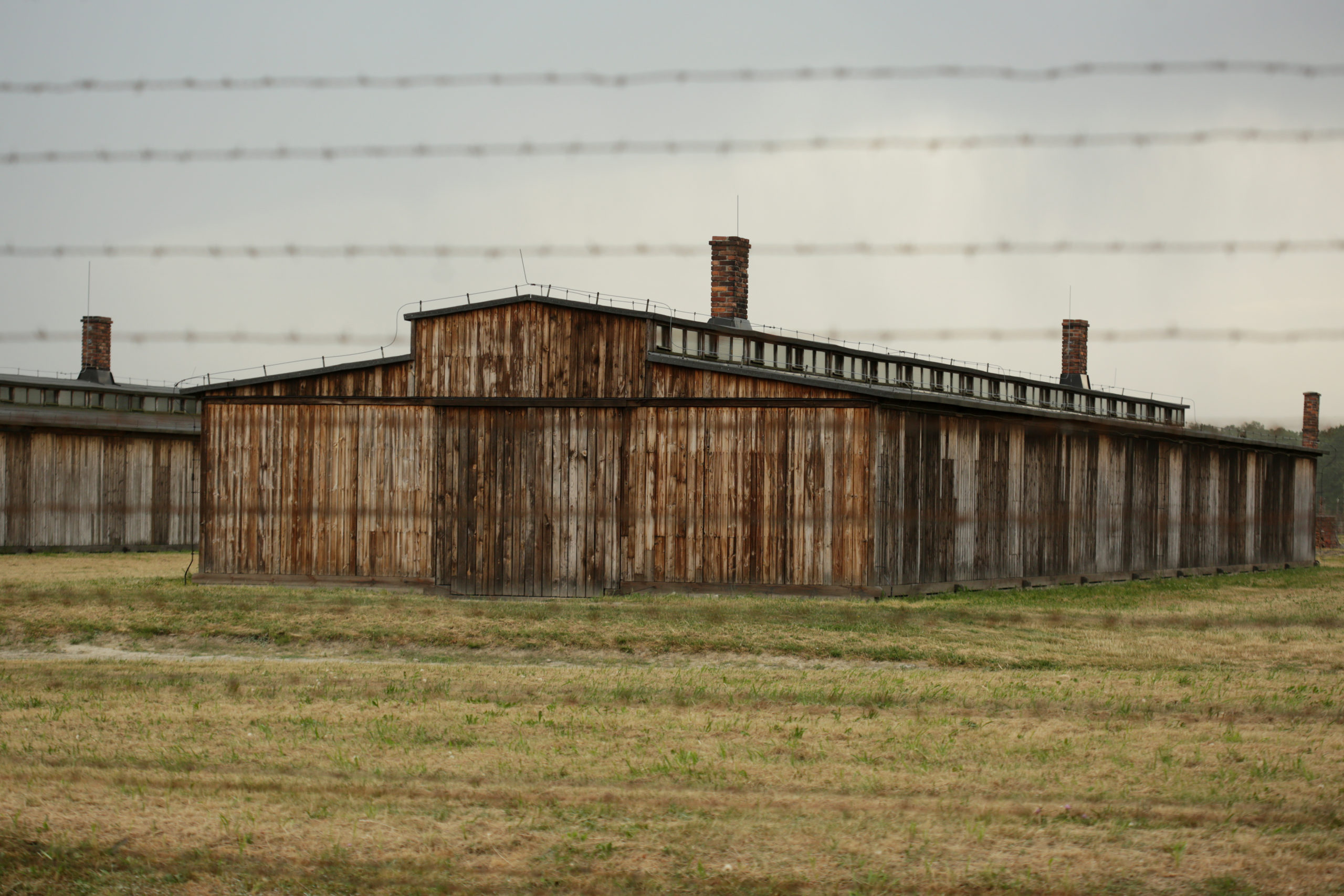
Dr. Mengele and experiments on prisoners
Extract from “The Destruction of European Roma in KL Auschwitz: A guidebook for visitors”



